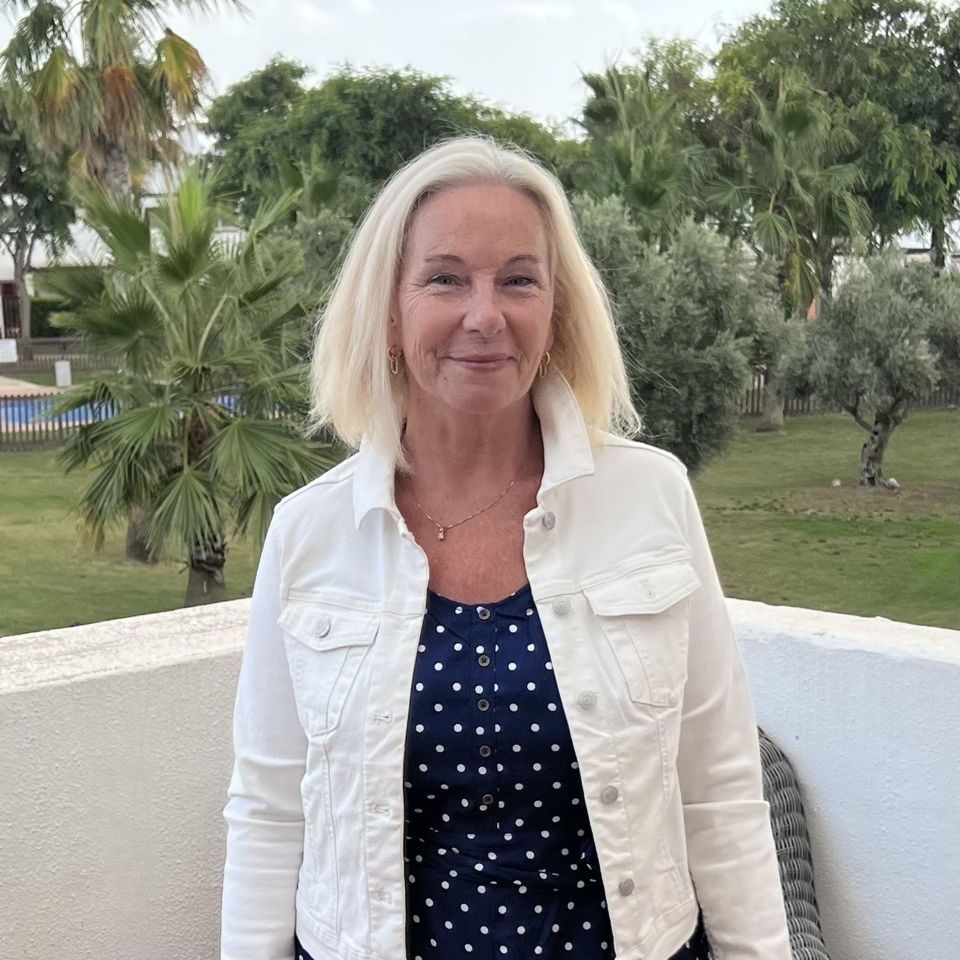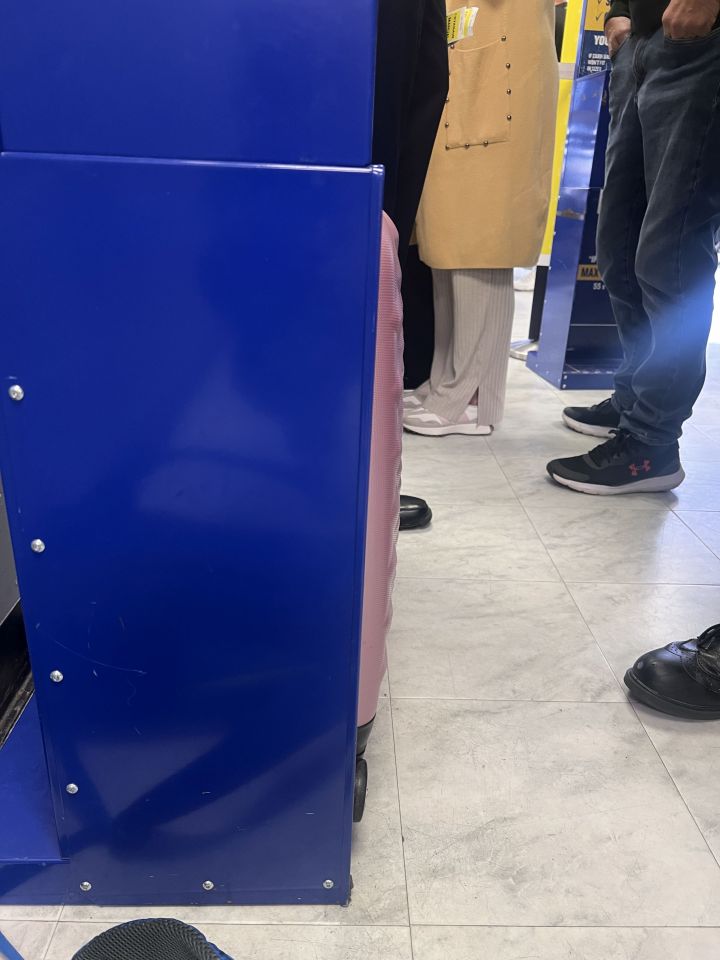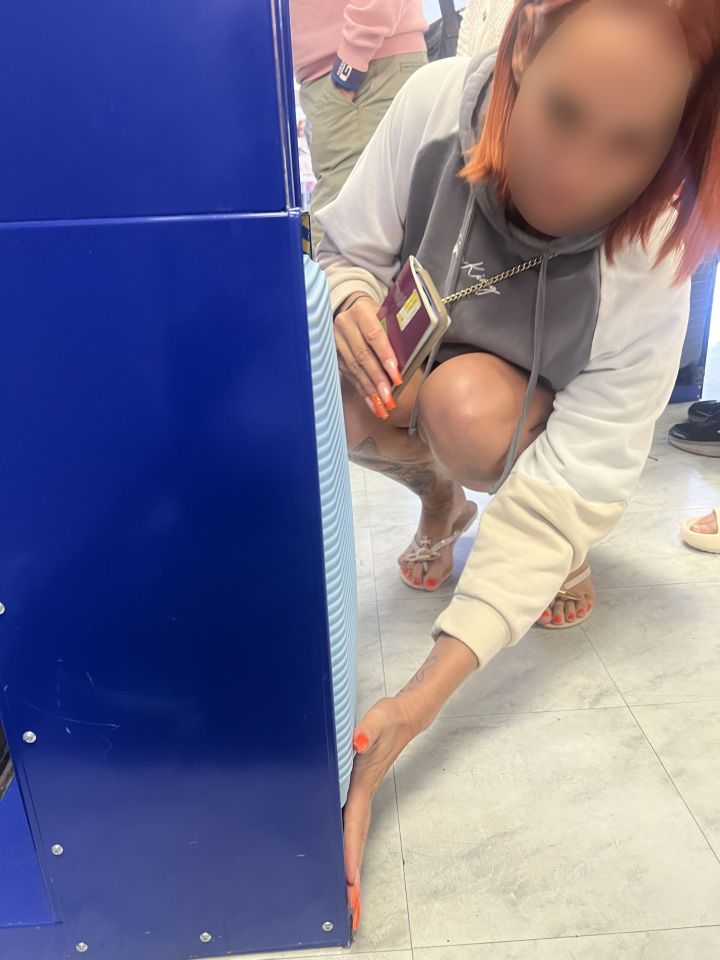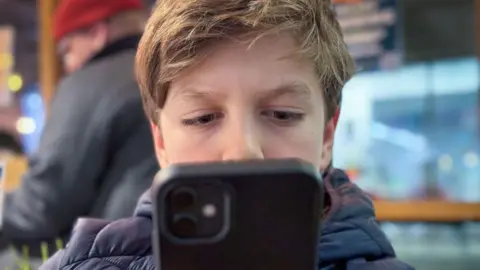“I always make things that aren’t really working,” Mire Lee tells me over coffee. The Korean artist is not just being humble. Her eerie, mechanical sculptures twitch as if they’re about to malfunction; in the past she was often concerned they would actually break down on display. “I had a lot of anxieties around making kinetic works because they’re supposed to do one thing and then they start doing another, but then gradually I understood this makes the work much nicer.”
Indeed, it’s this fragility that makes Lee’s visceral creations so thrilling. Resembling leaking intestines or putrid flesh, they uncannily capture the abjectness of bodies and the messiness of being alive. And now they unleash their unnerving energy across Tate Modern’s former power station. For the London gallery’s Turbine Hall commission, the artist has created a sprawling new installation titled “Open Wound” that draws heavily on the building’s industrial past.
Reimagining the cavernous space as a kind of factory, Lee has installed a massive, seven-metre-long motorised turbine that pumps viscous liquid across dangling silicone tubes. The liquid pools underneath in a large tray, where fabric sculptures absorb it, forming what she calls “skins”. These are dried on racks by technicians and then suspended from the ceiling on chains. As the installation develops, the space will gradually be filled by these spectral figures.

We meet in Berlin, where the Amsterdam- and Seoul-based artist is spending time before going to London to install the new work, which opens on October 9. When Lee was first approached for the project, she says she began with “some simple ideas for a turbine-like structure that’s a bit like a heart or a womb . . . I always start with something very simple because I meet cultural producers, collaborators, curators and it’s easy for them to chip in because it’s not formed.”
Once formed, however, Lee’s carnal installations are anything but simple. Man-made materials often stand in for the organic: PVC tubes mimic innards, cement mixers gape like mouths, car oil oozes like blood or excrement. Merging bodies, art and machinery, these haunting spectacles simultaneously repulse and enthral.
Despite the morbid undertones of her art, Lee speaks about her work with frankness and humour. She describes her process as “very sloppy”, but this raw approach is what has propelled her into the spotlight in recent years. At 36, she is the youngest artist to be selected for the Turbine Hall show, an annual commission that has typically gone to more established names (past recipients include Anish Kapoor, El Anatsui and Ai Weiwei).
But Lee has already stunned audiences across the world with her grotesque, unsettling installations. At a 2020 exhibition at Seoul’s Art Sonje Center she presented “Carriers”, suspended networks of tubes that resembled entrails and noisily ejaculated liquid glycerine. Since then her fame has grown with solo shows at Frankfurt’s MMK and New York’s New Museum, as well as presentations at the Busan Biennale and Pittsburgh’s Carnegie International. However the artist truly made waves at the 2022 Venice Biennale with “Endless House: Holes and Drips”, a scaffolding draped with carcass-like ceramics, sprayed by a pump with blood-red glaze. This gory drama stirred conflicting emotions, from desire and pity to grief and disgust.
For Lee, these reactions tie directly to our relationship with the body and awareness of our own mortality. “Disgust is a very strong negative feeling that you can never get from things that are unrelated to you. You would only be disgusted by something that affects you strongly, which means it’s kind of a part of you,” she says. “The body is similar. It’s something that you take care of and cherish, but inevitably it decays and deforms — it’s a site of horror. Not in a grotesque way, but in an existential, fundamental way of something that changes.”
Born in Seoul in 1988, Lee originally aspired to be a filmmaker, drawn to violent, macabre cinema: “David Cronenberg, Quentin Tarantino, a lot of mafia and Japanese horror films.” Instead, she studied sculpture at Seoul National University, before moving to the Netherlands in 2018. A ceramics residency in Oisterwijk sparked a shift to using clay, a material the artist also describes in corporeal terms: “It’s a very bodily experience to work with clay. It sticks to your hands, and you have to be very submissive to the materiality of it,” she says.


But the artist was continuously searching for a way to inject unpredictability into her work: “I wanted to make something raw and wild.” For this, she turned to the chaos of using liquids and machinery such as motors or peristaltic pumps. “Liquids are basically uncontrollable and are always so difficult to deal with,” she says. “With machinery, it’s the same story . . . I got a bit addicted to the results they gave me.”
It’s these results — random moments of discharge, orchestrated sounds, jolting movements — that make Lee’s works so suggestive of unruly bodies. But the artist goes even further, harnessing the visceral qualities of these materials to plumb emotional depths and evoke psychological tensions. At her exhibition at the New Museum last year, titled Black Sun after philosopher Julia Kristeva’s 1987 book on depression, she created a melancholic environment reminiscent of an abattoir. Bulging sculptures hung like meat alongside hole-riddled textiles coated in wet slick-cast clay. A steam machine kept the air heavy and humid.
In these intense panoramas, bodily interiors become metaphors for trauma and dark fantasies. They recall the psychologically charged sculptures of one of her major influences, Louise Bourgeois (another former Turbine Hall commission recipient). She also cites the unflinching photographs of Nan Goldin as a source of inspiration. “I have a soft spot for artists who are exposed, who are out there naked and without armour, who take risks,” she says.

Now, the artist’s own risk-taking practice has been brought to an epic scale. As “Open Wound”’s title suggests, this new work is also concerned with exploring bodily and psychological trauma. Recalling an industrial production line, it considers the physical and emotional toll of our progress-obsessed world — “I’m interested in nostalgia and stupidity around technology . . . failures from the past but also the dreams we have now with AI” — while also meditating on wider themes of decay, renewal, care and human connection.
The artist herself is sceptical of the way that critics have framed horror as the dominant reaction to her work: “I don’t really think horror is the main thing people feel. I think people feel proximity. Bodies and deformity are things we feel immediately close to.”
This sense of intimacy is exactly what Lee wants to evoke in “Open Wound”. “I wrote in my first proposal that I wanted the work to carry a certain sense of warmth — I never really intend to make my works horrifying,” she says with a laugh. “It’s not as uncomfortable compared to the things that make you really uncomfortable.”
October 9 to March 16, tate.org.uk














































































































































You must be logged in to post a comment Login